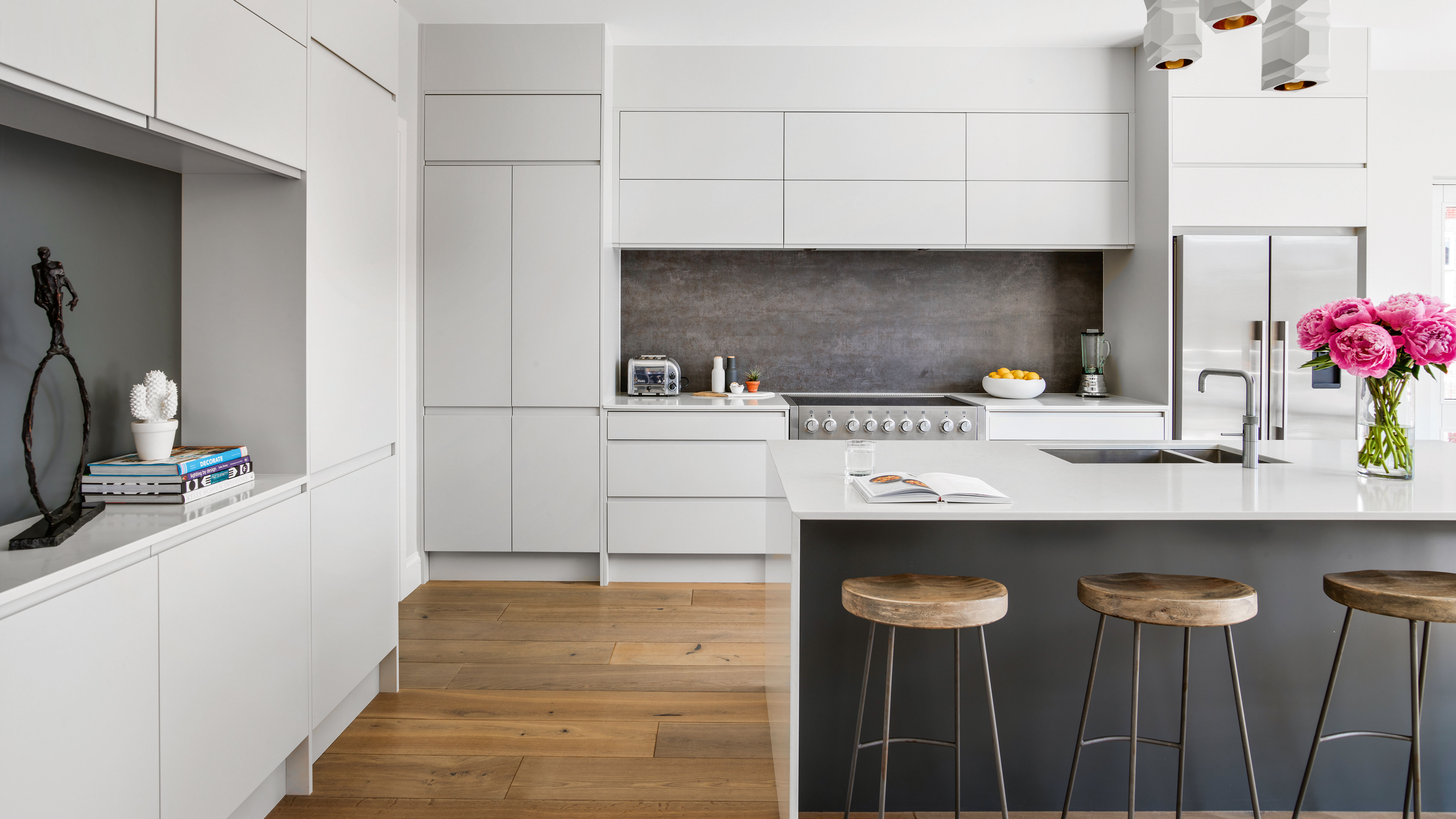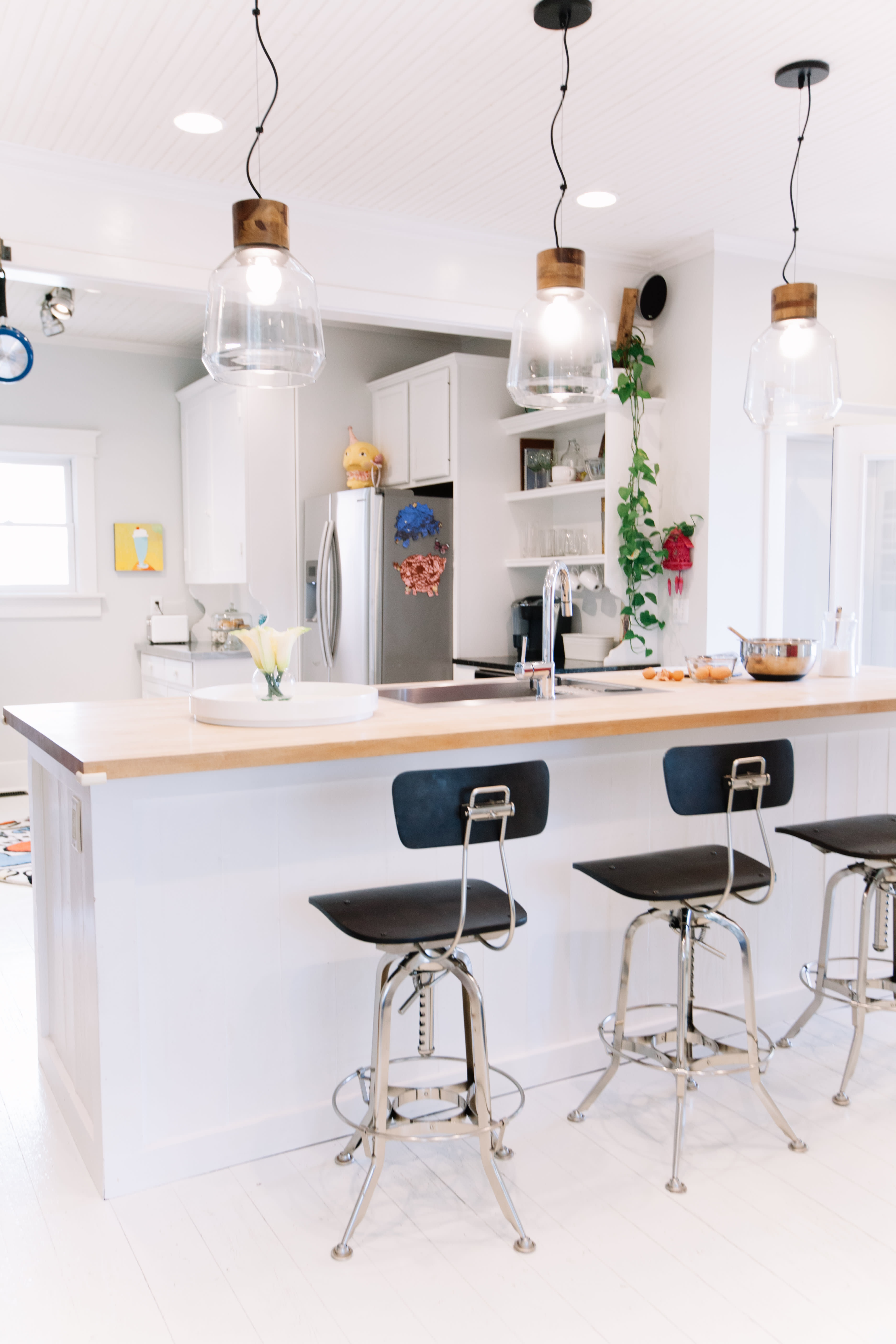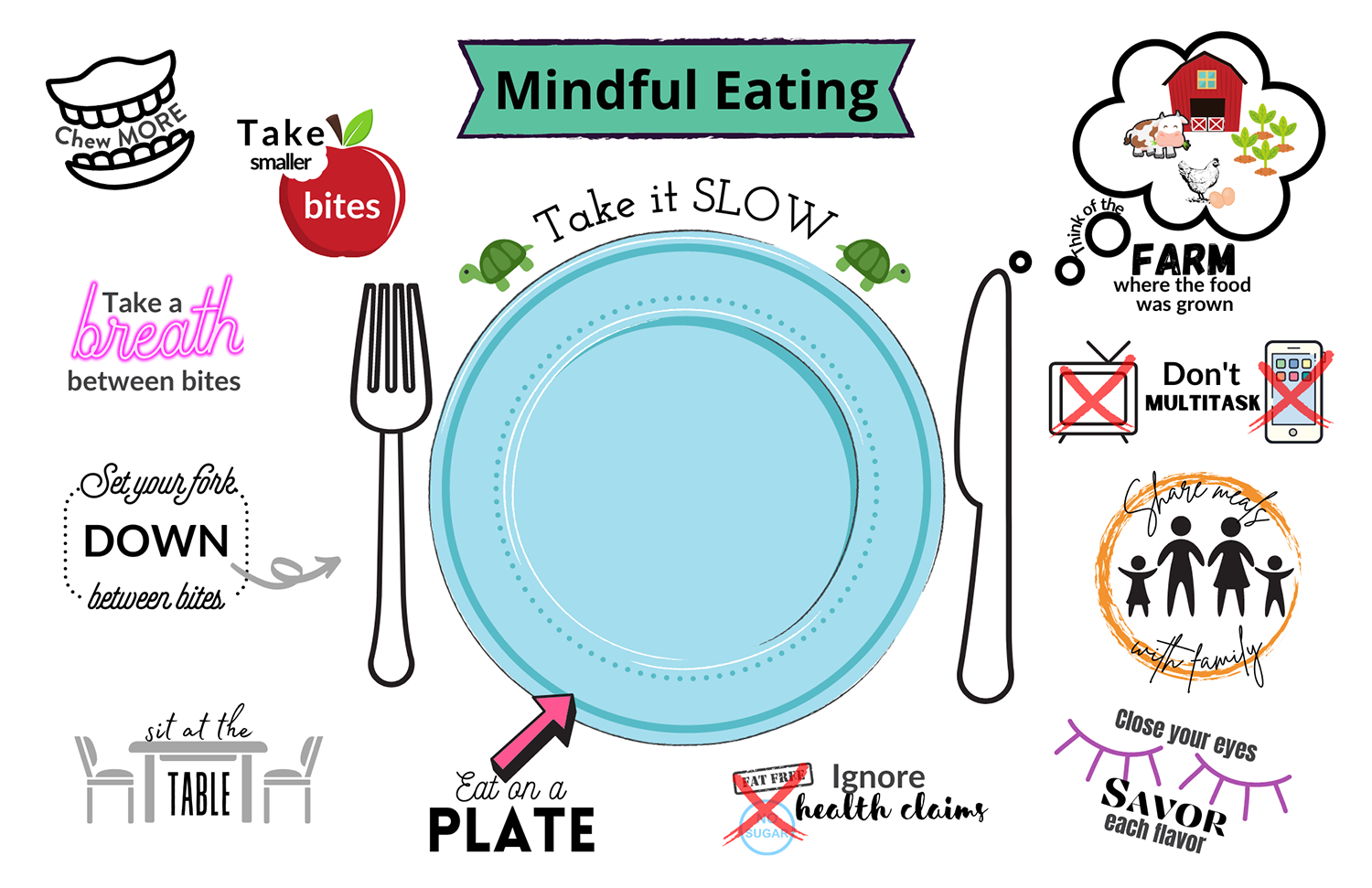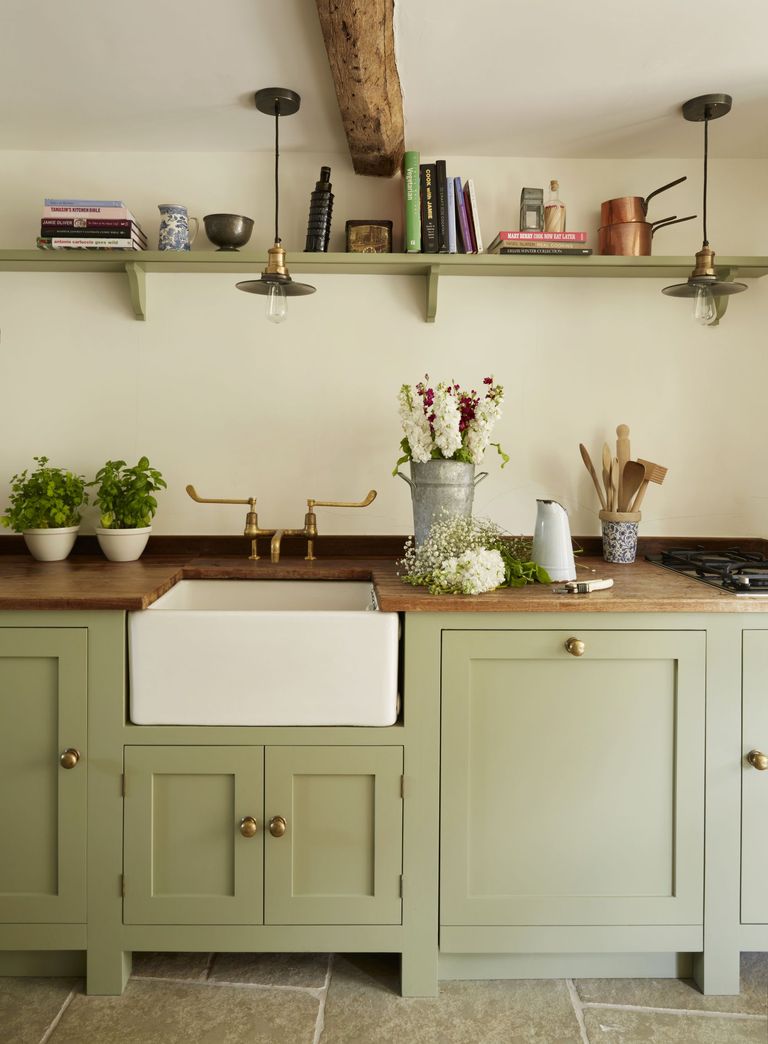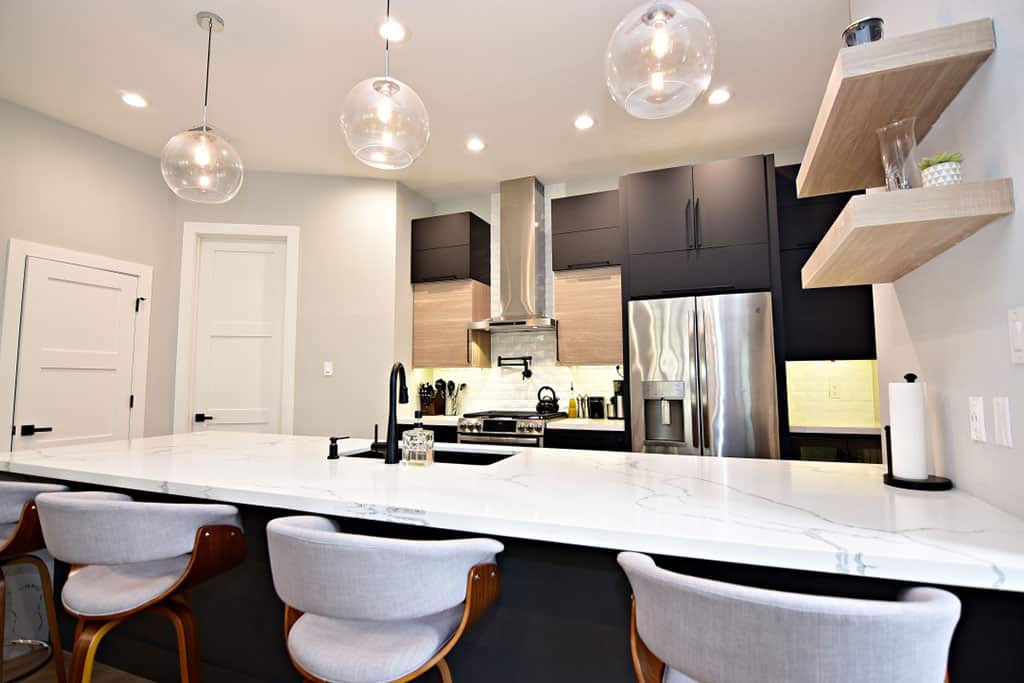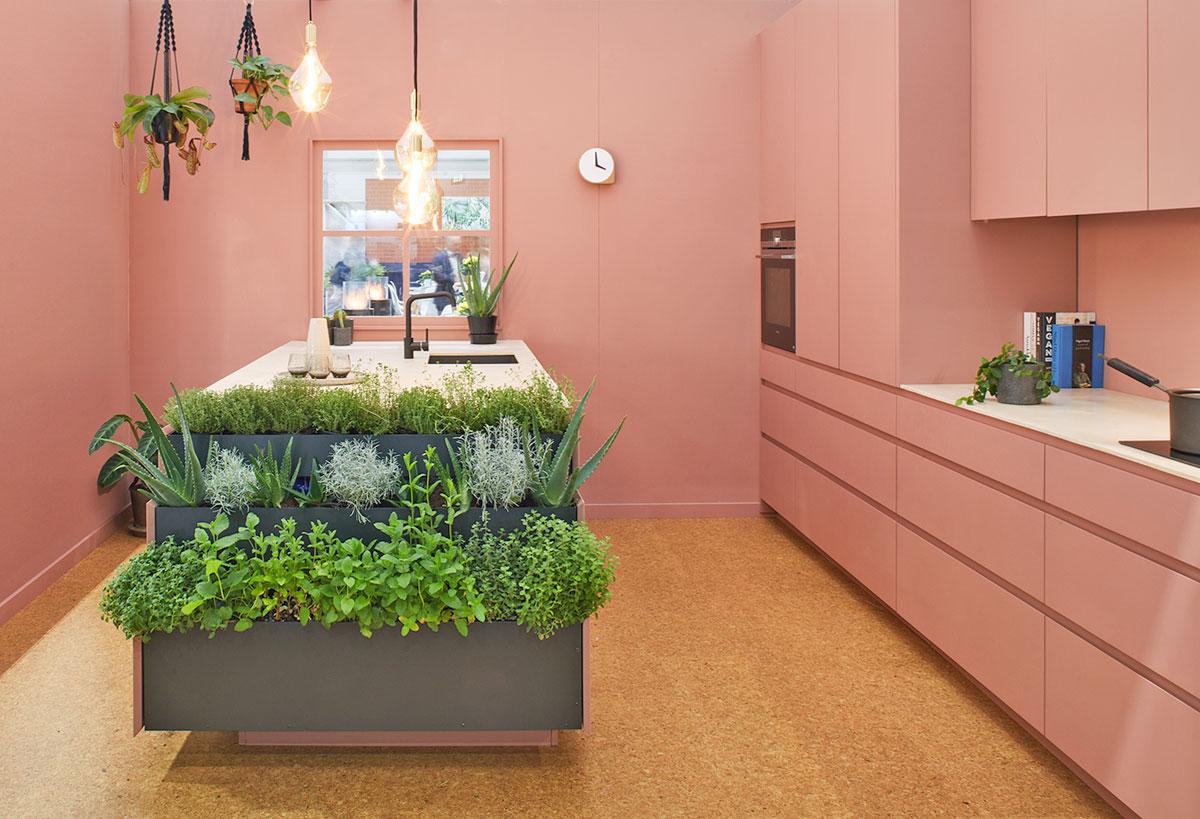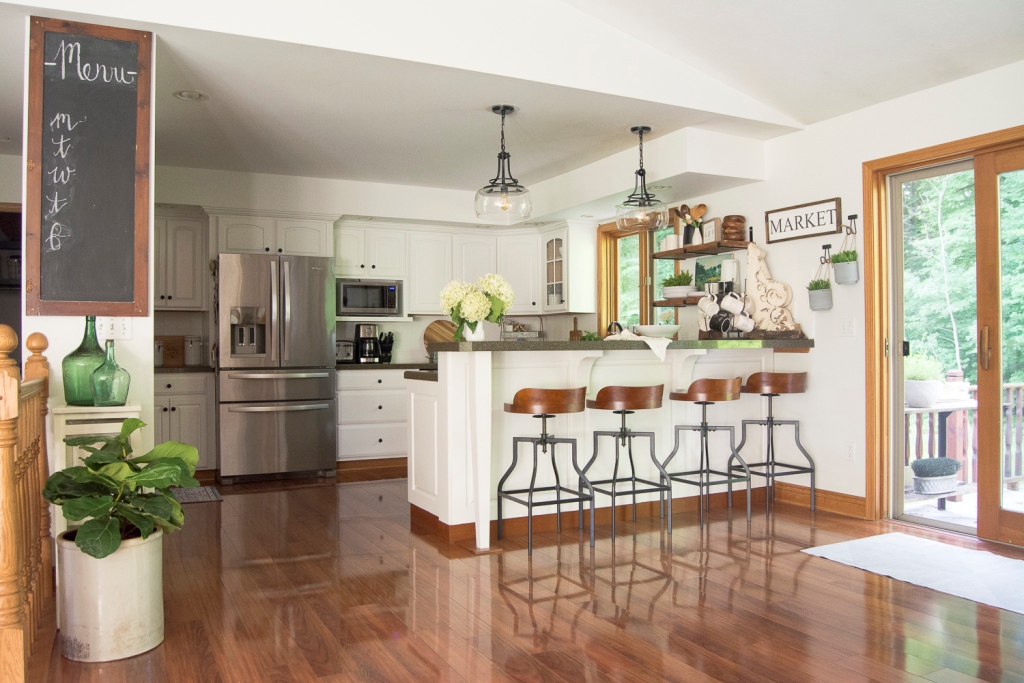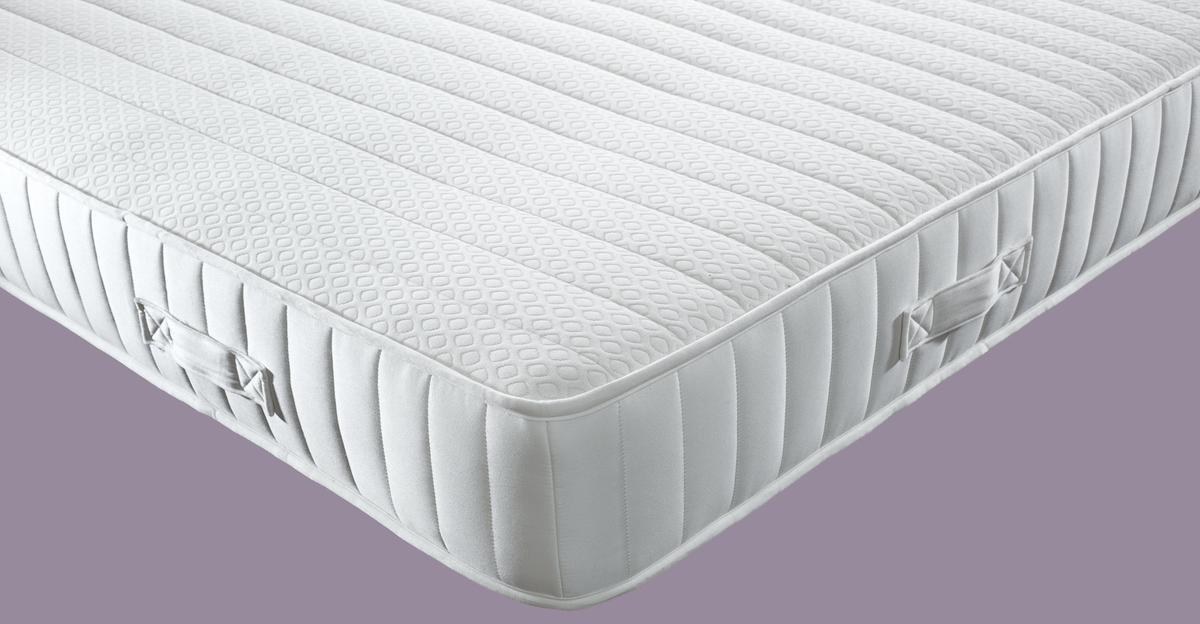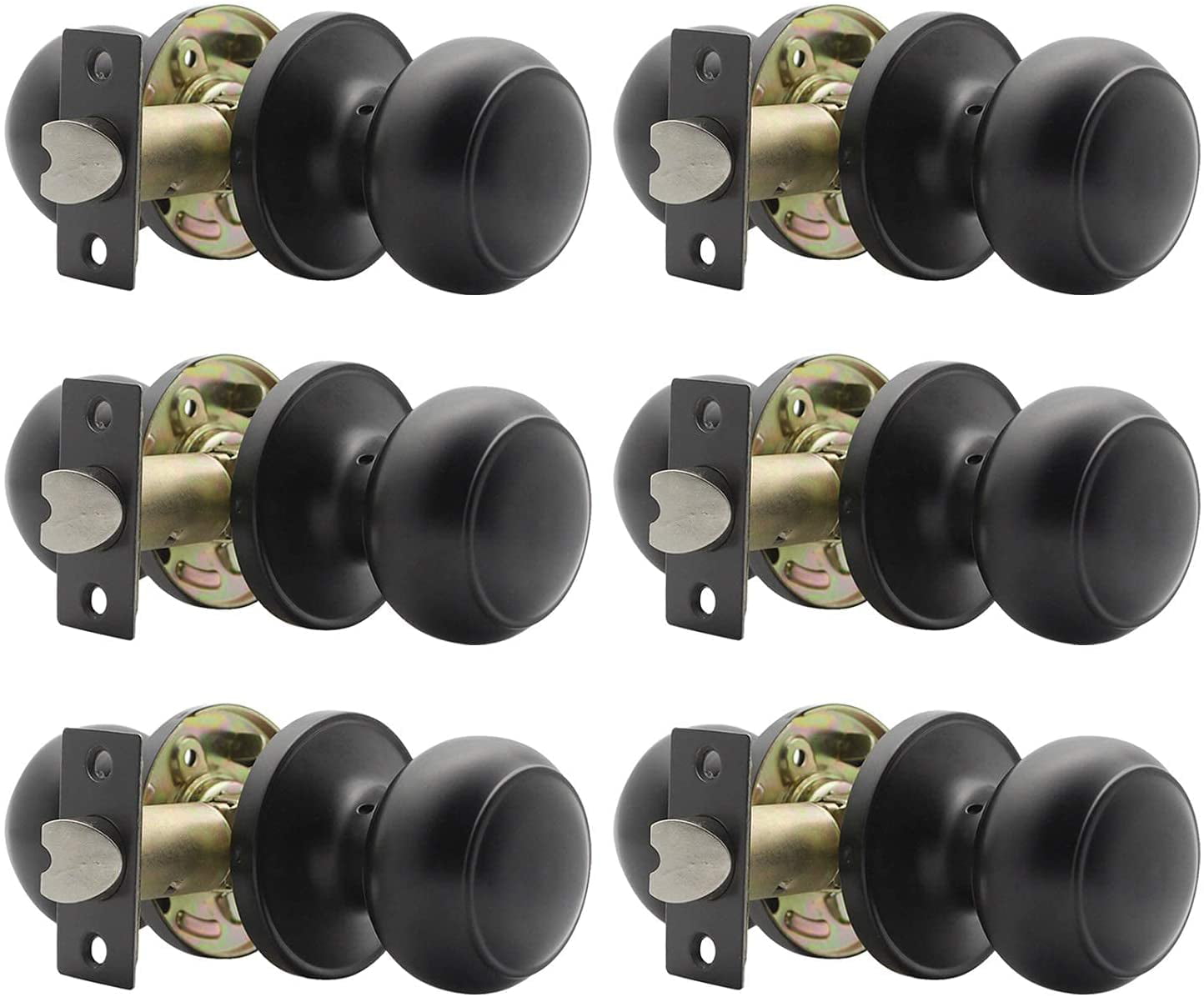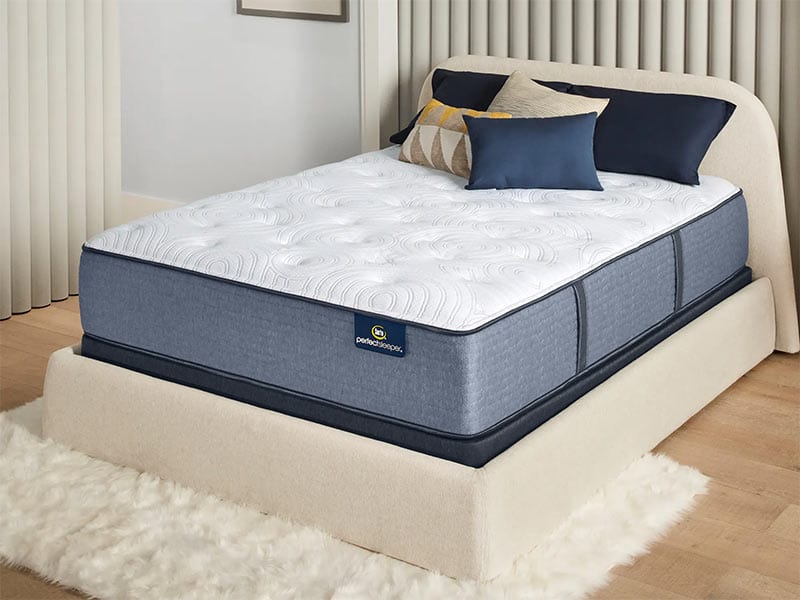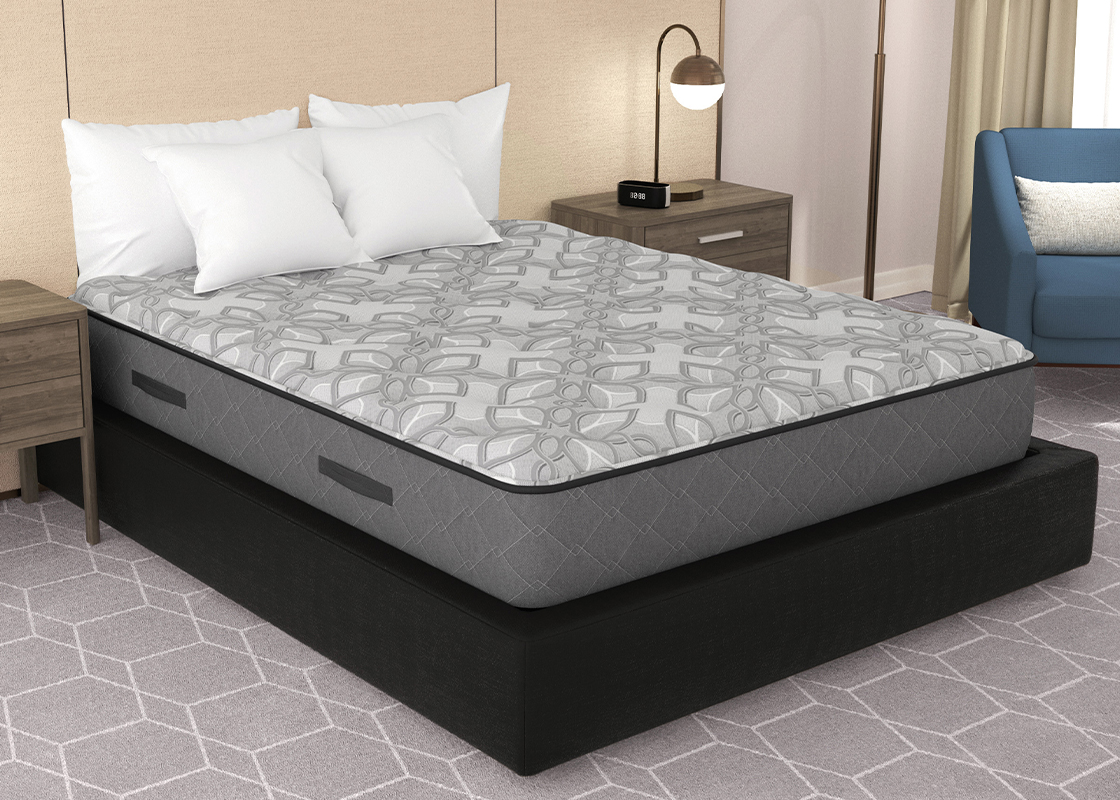More and more people are incorporating biophilic design into their homes, and the kitchen is no exception. This design approach focuses on bringing elements of nature indoors to create a more calming and rejuvenating space. In a wellness kitchen, biophilic design can include adding plants, natural materials, and natural light to create a connection to the outdoors.1. Biophilic Design in the Kitchen
Mindfulness is a key aspect of wellness, and the kitchen is a space where we can practice it daily. Designing a mindful kitchen involves creating a space that is free of clutter and distractions, with a focus on simplicity and intention. This can help us to slow down and be more present while cooking and eating, promoting a sense of calm and well-being.2. Creating a Mindful Kitchen Space
The way our kitchen is designed can have a significant impact on our overall wellness. A cluttered and disorganized kitchen can contribute to stress and anxiety, while a well-designed and functional kitchen can promote a sense of calm and ease. By considering the layout, materials, and overall design of our kitchen, we can create a space that supports our physical and mental well-being.3. The Impact of Kitchen Design on Wellness
Natural elements can have a soothing and grounding effect on our well-being. In a wellness kitchen, incorporating natural materials such as wood, stone, and natural fibers can help to create a sense of connection to the outdoors. These materials can also add warmth and texture to the space, making it feel more inviting and comfortable.4. Incorporating Natural Elements in Kitchen Design
The right lighting can make a significant difference in the overall feel of a kitchen. In a wellness kitchen, it's important to have a balance of natural and artificial light. Natural light can help to regulate our circadian rhythm and improve our mood, while artificial lighting can be used to create a cozy and relaxing atmosphere in the evening. Consider incorporating dimmable lights, as well as task lighting for specific areas in the kitchen.5. The Role of Lighting in a Wellness Kitchen
A wellness kitchen should not only be aesthetically pleasing but also functional and efficient. By designing a kitchen that is easy to move around in and has ample storage, we can reduce stress and frustration while cooking and preparing meals. Additionally, incorporating elements such as a comfortable seating area or a designated space for meditation or yoga can help to create a more relaxing atmosphere in the kitchen.6. Designing a Functional and Relaxing Kitchen
Minimalism is a popular design trend, and for good reason. In a wellness kitchen, a minimalist approach can help to reduce visual clutter and create a sense of calm and simplicity. By focusing on only the essentials and removing unnecessary items, we can create a more peaceful and organized space that promotes a more intentional and mindful way of living.7. The Benefits of a Minimalist Kitchen Design
Eating mindfully is an important part of overall wellness, and the design of our kitchen can play a role in this practice. By creating a designated eating area, we can separate it from the cooking and prep areas, allowing us to focus solely on enjoying our meals without distractions. Additionally, incorporating natural and calming elements in the eating area can promote a more relaxed and enjoyable dining experience.8. Mindful Eating and Kitchen Design
Kitchen design can have a significant impact on our mental health. A cluttered and disorganized kitchen can contribute to feelings of overwhelm and anxiety, while a well-designed and calming kitchen can promote a sense of peace and well-being. By creating a space that is functional, organized, and aesthetically pleasing, we can support our mental health and overall wellness.9. The Connection Between Kitchen Design and Mental Health
Designing a wellness kitchen doesn't have to break the bank. By incorporating simple changes like decluttering, adding plants, and using natural materials, we can create a more calming and rejuvenating space without spending a lot of money. Additionally, repurposing items and DIY projects can add a personal touch to the kitchen while also being budget-friendly. Remember, a wellness kitchen is about creating a space that supports our well-being, not about expensive renovations or fancy gadgets.10. Creating a Wellness Kitchen on a Budget
The Importance of Incorporating Wellness in Kitchen Design
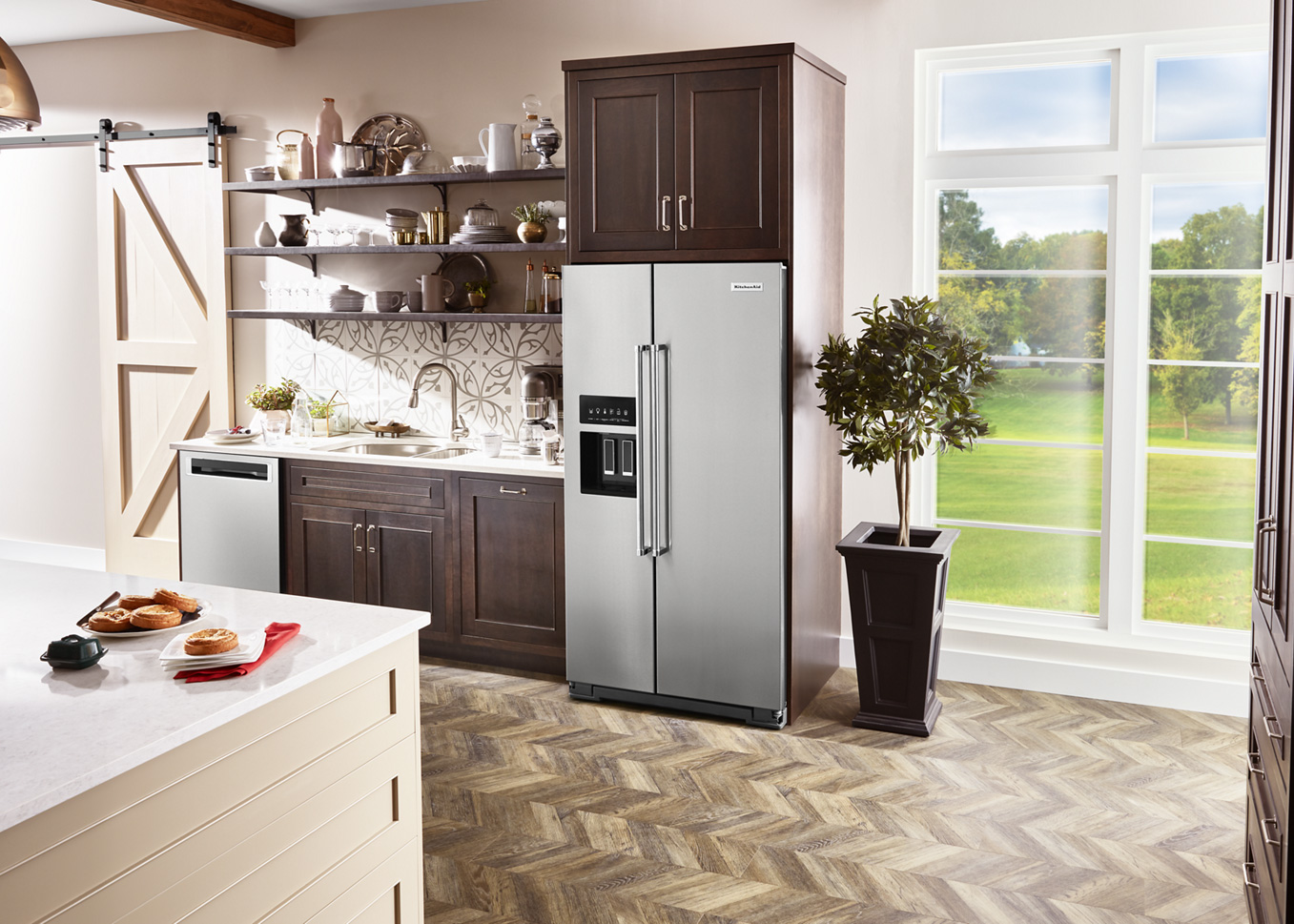
The Kitchen: More Than Just a Place to Cook
 When it comes to house design, the kitchen is often considered the heart of the home. It is where meals are prepared, family and friends gather, and memories are made. But in today's fast-paced world, the kitchen has evolved into more than just a place to cook. It has become a multi-functional space where people not only nourish their bodies, but also their minds and souls. This is where the concept of wellness kitchen design comes into play.
Wellness kitchen design is a growing trend that focuses on creating a space that promotes physical, mental, and emotional well-being.
When it comes to house design, the kitchen is often considered the heart of the home. It is where meals are prepared, family and friends gather, and memories are made. But in today's fast-paced world, the kitchen has evolved into more than just a place to cook. It has become a multi-functional space where people not only nourish their bodies, but also their minds and souls. This is where the concept of wellness kitchen design comes into play.
Wellness kitchen design is a growing trend that focuses on creating a space that promotes physical, mental, and emotional well-being.
Designing for a Healthier Lifestyle
 The key to a successful wellness kitchen design is to create a space that inspires and supports a healthier lifestyle. This can be achieved through various design elements, such as incorporating natural light, using non-toxic materials, and incorporating functional and ergonomic features.
Natural light has been proven to have a positive impact on mood and energy levels, making it an important aspect of a wellness kitchen design.
Non-toxic materials, on the other hand, ensure that the air quality in the kitchen is free from harmful chemicals, promoting better overall health for the occupants.
The key to a successful wellness kitchen design is to create a space that inspires and supports a healthier lifestyle. This can be achieved through various design elements, such as incorporating natural light, using non-toxic materials, and incorporating functional and ergonomic features.
Natural light has been proven to have a positive impact on mood and energy levels, making it an important aspect of a wellness kitchen design.
Non-toxic materials, on the other hand, ensure that the air quality in the kitchen is free from harmful chemicals, promoting better overall health for the occupants.
Promoting Mindful Eating
 One of the main goals of a wellness kitchen design is to promote mindful eating. This means creating a space that encourages people to slow down, be present, and truly enjoy their meals.
One way to achieve this is by incorporating a designated eating area within the kitchen, away from distractions such as the TV or computer.
This allows for a more mindful and enjoyable dining experience. Additionally, incorporating storage solutions that promote easy access to healthy foods and discourage unhealthy snacking can also contribute to mindful eating habits.
One of the main goals of a wellness kitchen design is to promote mindful eating. This means creating a space that encourages people to slow down, be present, and truly enjoy their meals.
One way to achieve this is by incorporating a designated eating area within the kitchen, away from distractions such as the TV or computer.
This allows for a more mindful and enjoyable dining experience. Additionally, incorporating storage solutions that promote easy access to healthy foods and discourage unhealthy snacking can also contribute to mindful eating habits.
Creating a Peaceful and Organized Space
 A cluttered and chaotic kitchen can contribute to stress and anxiety, which is why organization is key in a wellness kitchen design.
By incorporating ample storage space and functional layouts, a wellness kitchen design can promote a sense of peace and calm in the cooking and dining experience.
This can also be achieved through the use of calming color palettes and incorporating natural elements, such as plants and herbs, into the design.
A cluttered and chaotic kitchen can contribute to stress and anxiety, which is why organization is key in a wellness kitchen design.
By incorporating ample storage space and functional layouts, a wellness kitchen design can promote a sense of peace and calm in the cooking and dining experience.
This can also be achieved through the use of calming color palettes and incorporating natural elements, such as plants and herbs, into the design.
The Future of Kitchen Design
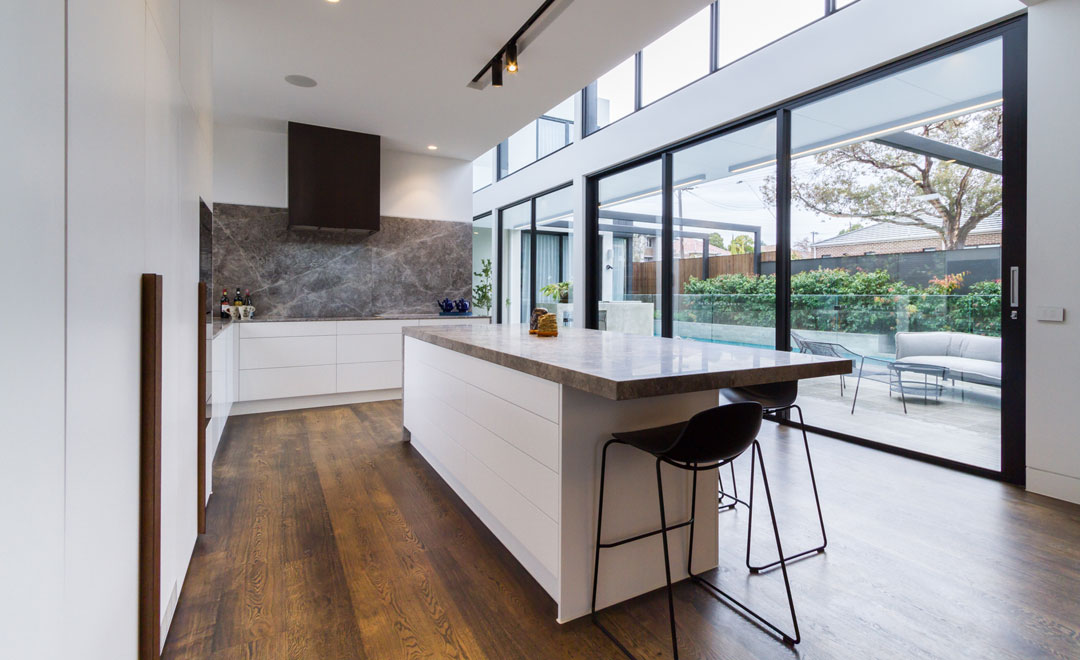 As the focus on health and wellness continues to grow, so does the importance of incorporating these elements into our living spaces.
A wellness kitchen design not only promotes a healthier lifestyle, but also adds value and functionality to a home.
Whether you are designing a new kitchen or looking to renovate your current one, consider incorporating elements of wellness to create a space that nourishes both the body and the soul.
As the focus on health and wellness continues to grow, so does the importance of incorporating these elements into our living spaces.
A wellness kitchen design not only promotes a healthier lifestyle, but also adds value and functionality to a home.
Whether you are designing a new kitchen or looking to renovate your current one, consider incorporating elements of wellness to create a space that nourishes both the body and the soul.



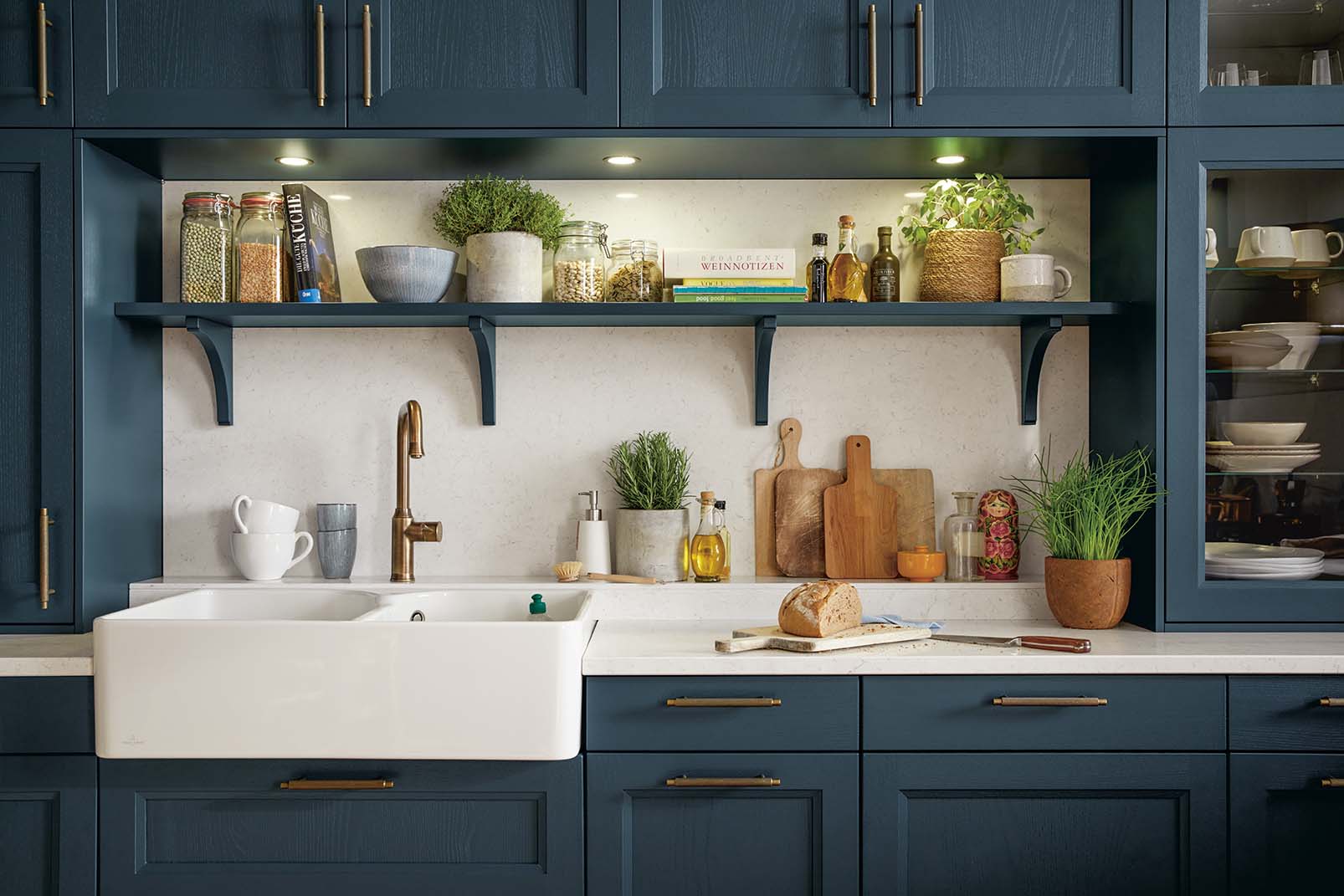
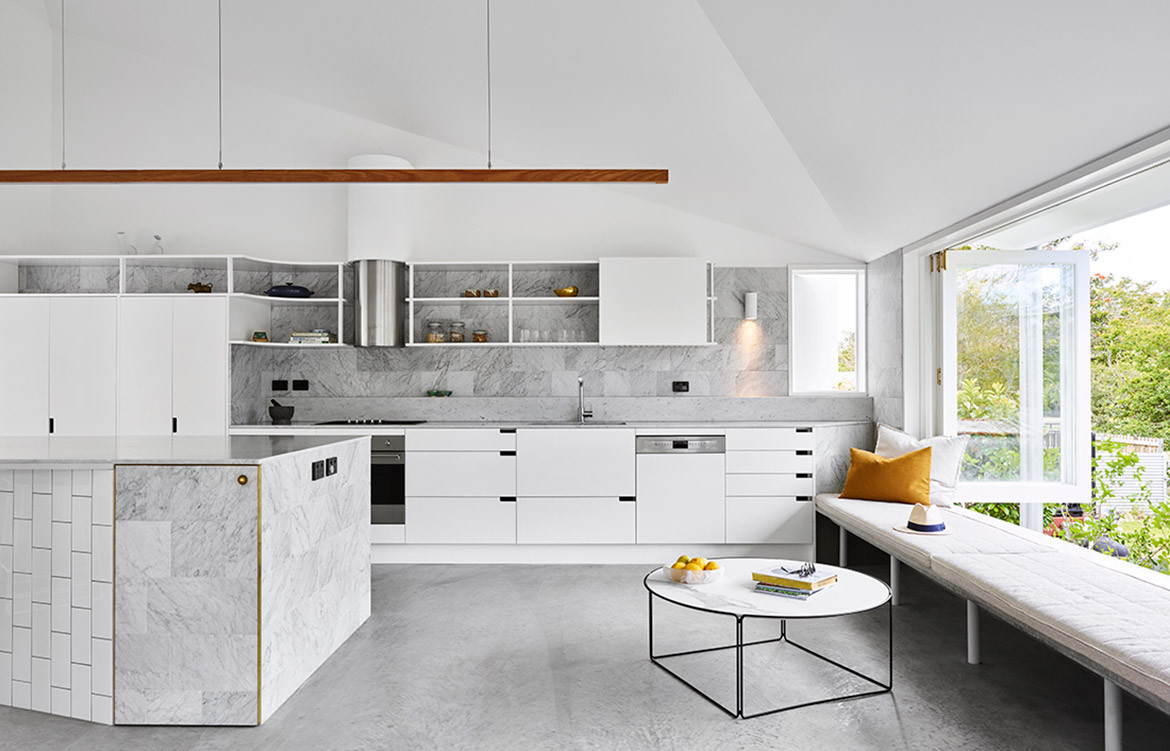

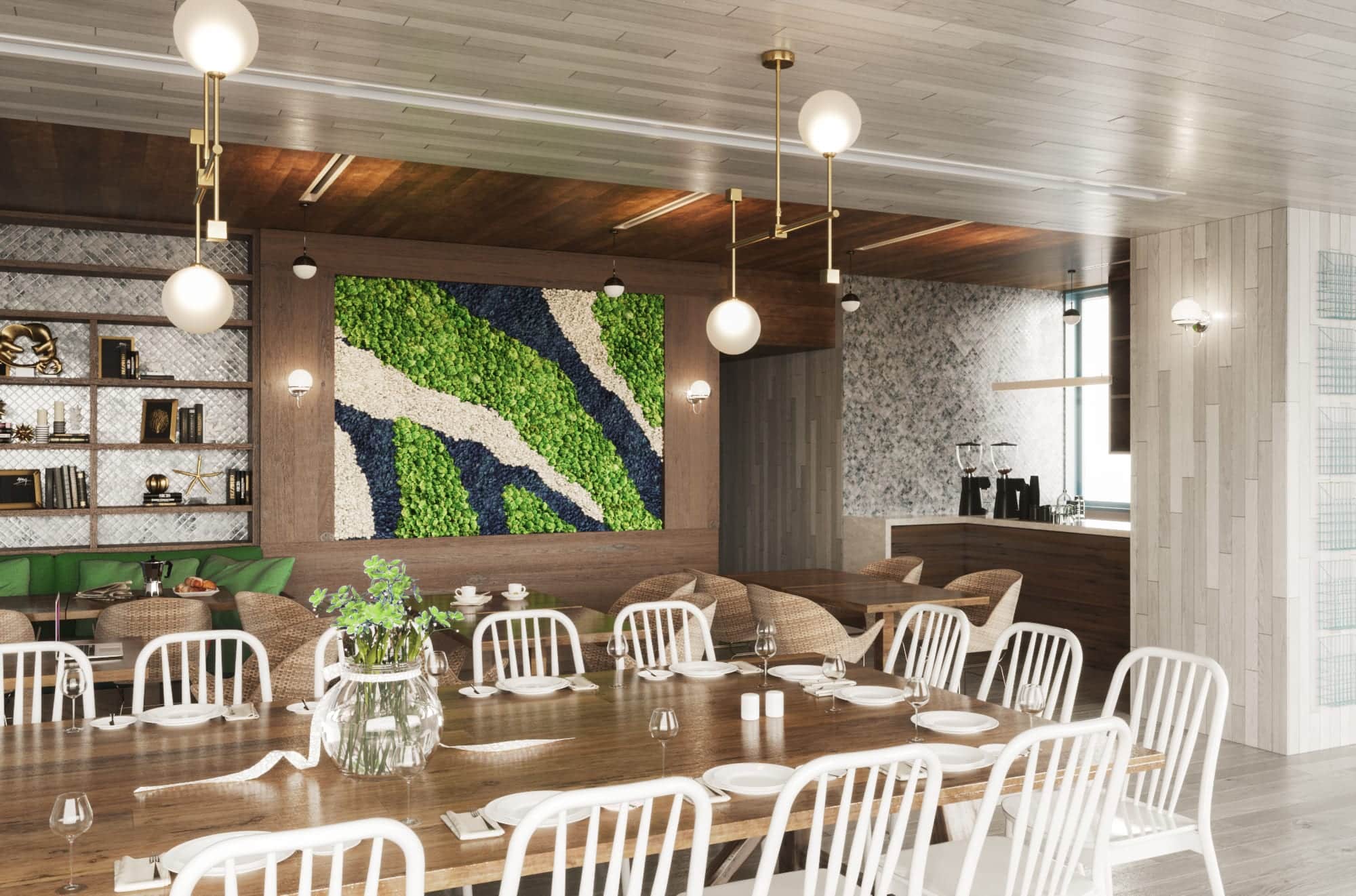
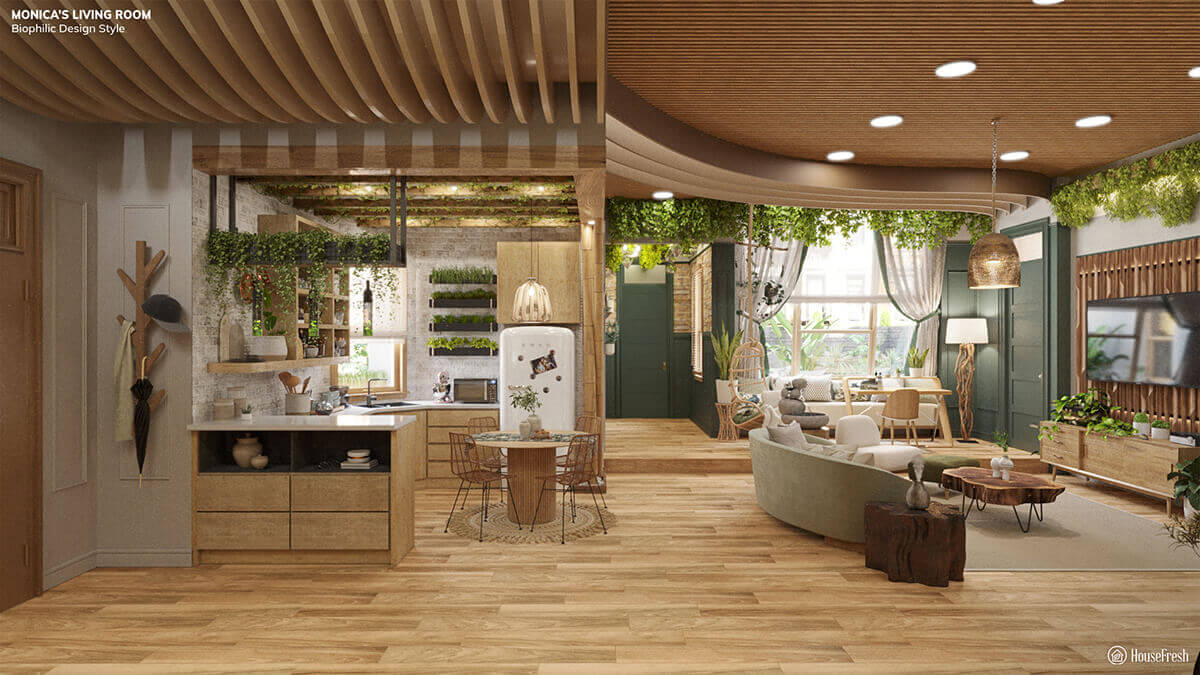


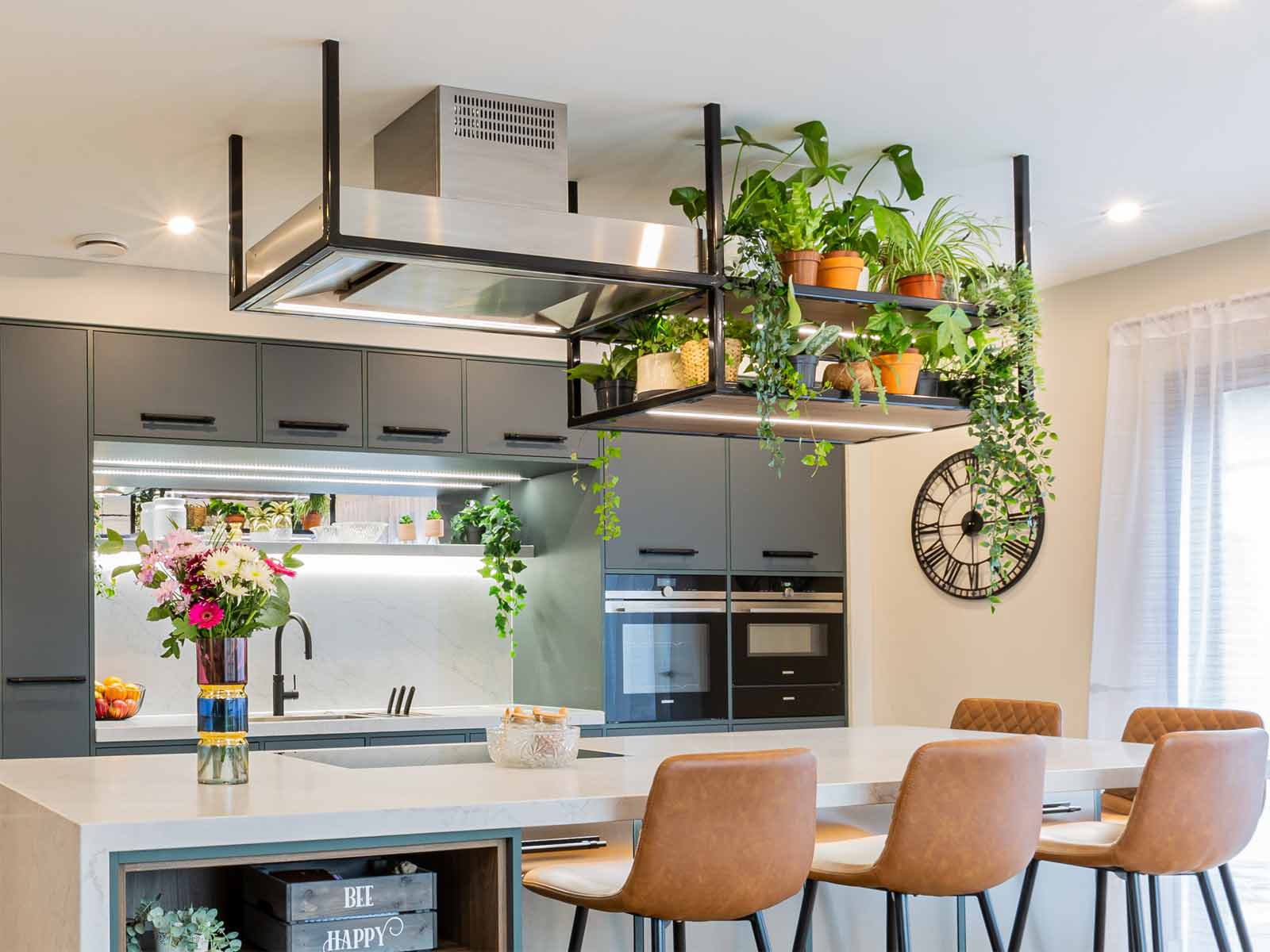

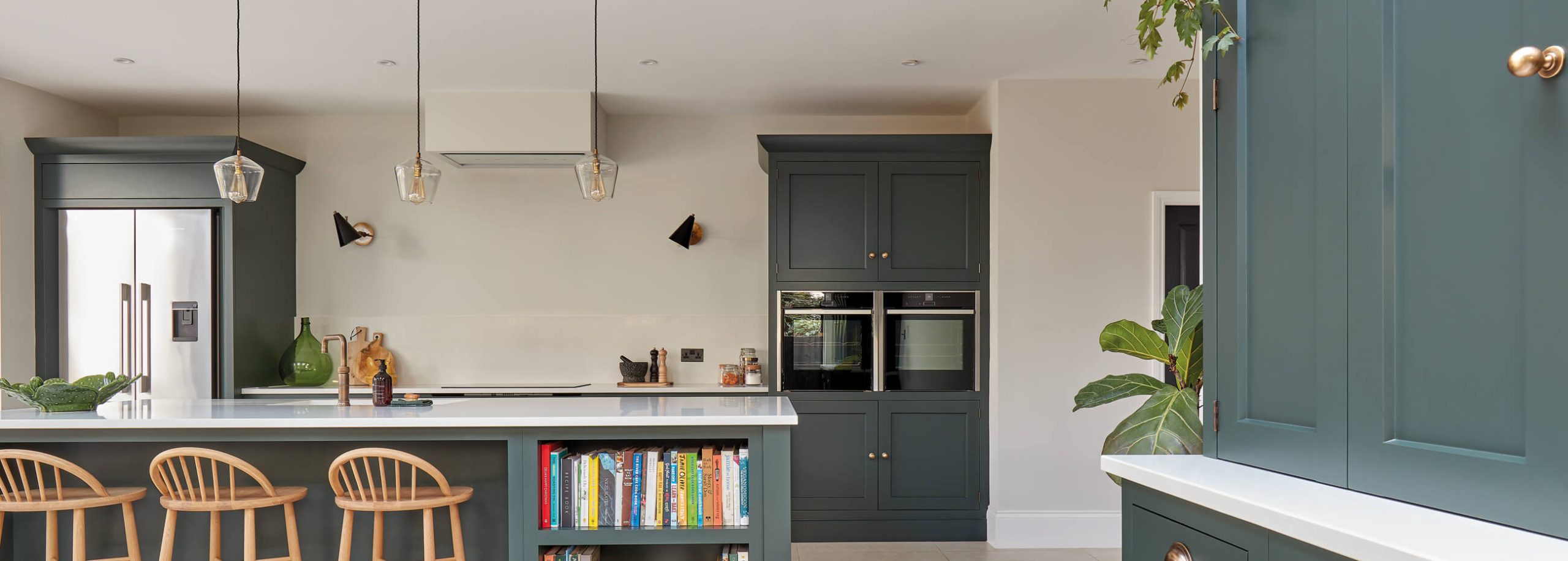


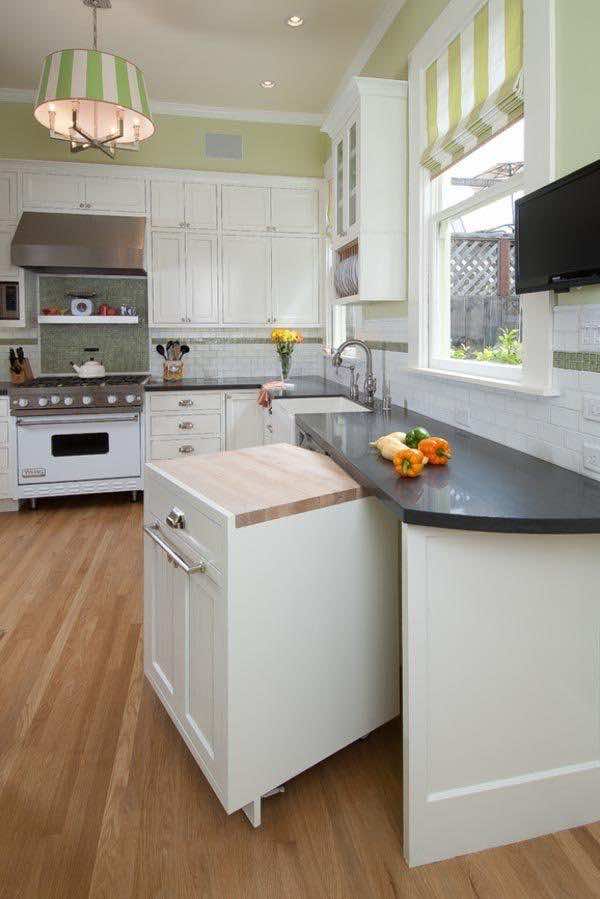
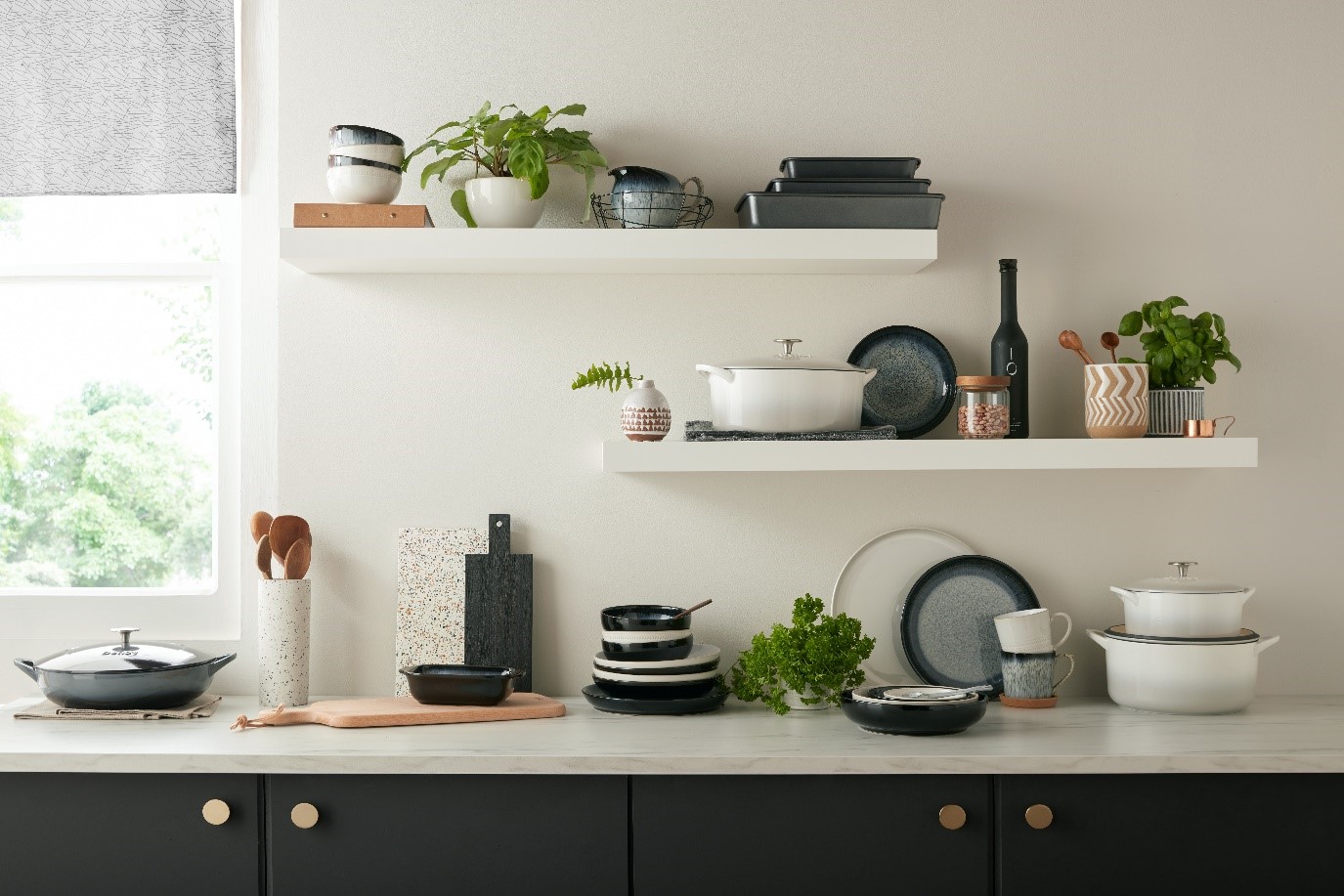




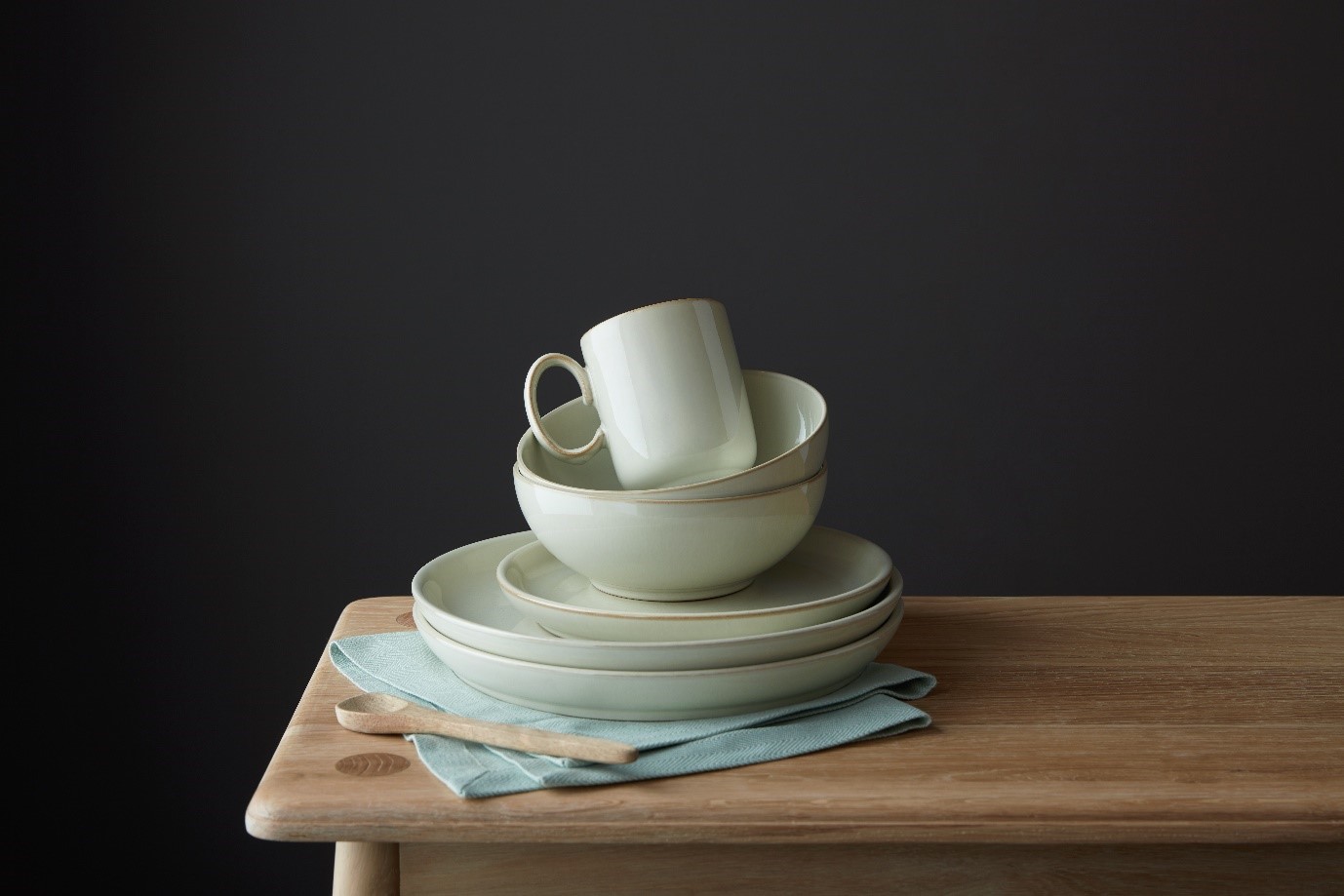






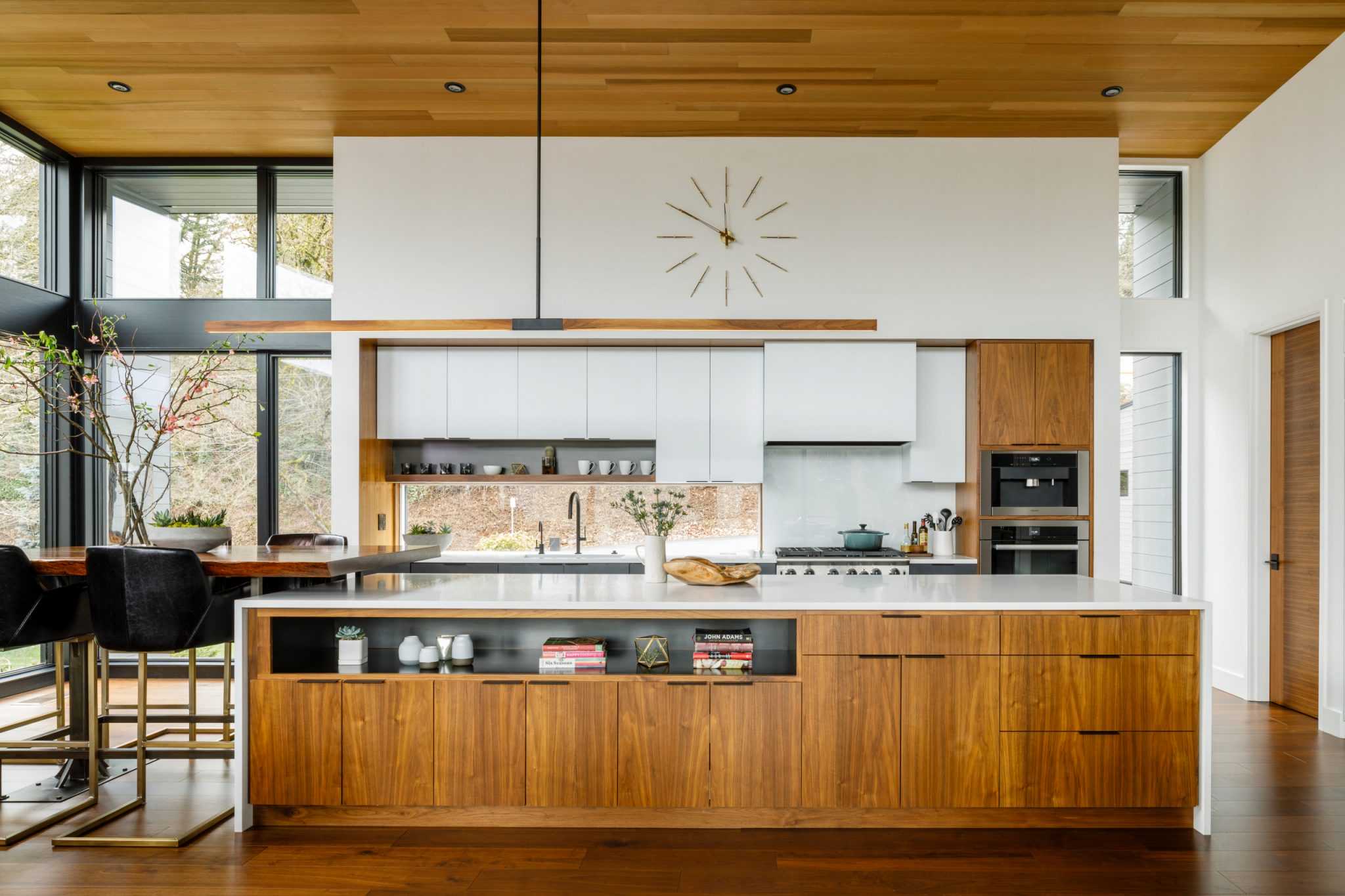
/172788935-56a49f413df78cf772834e90.jpg)

:max_bytes(150000):strip_icc()/helfordln-35-58e07f2960b8494cbbe1d63b9e513f59.jpeg)







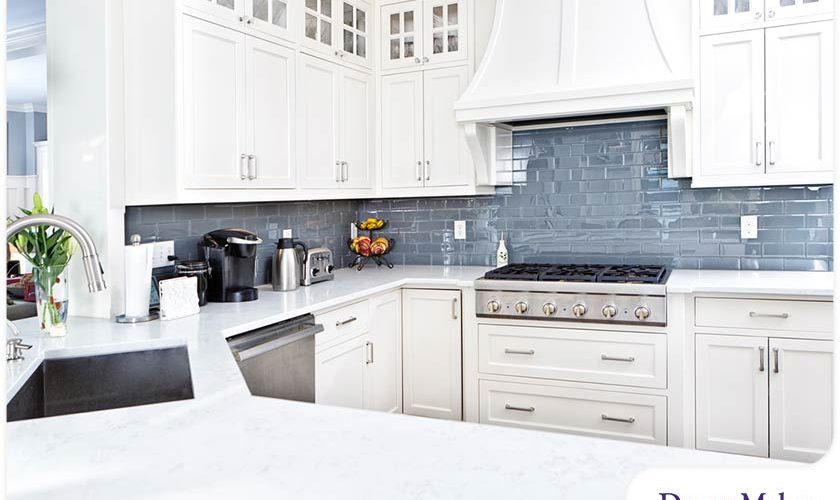





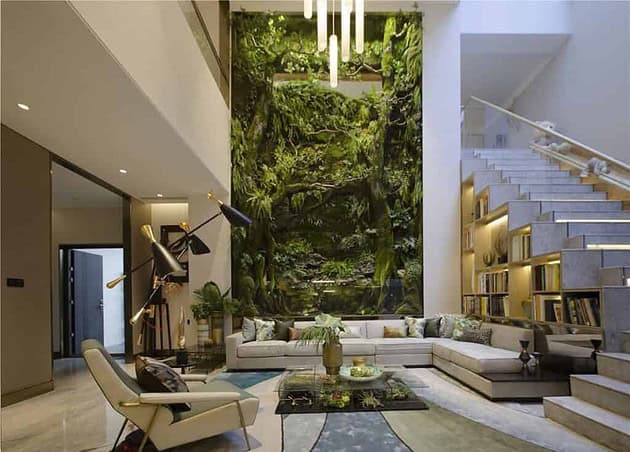



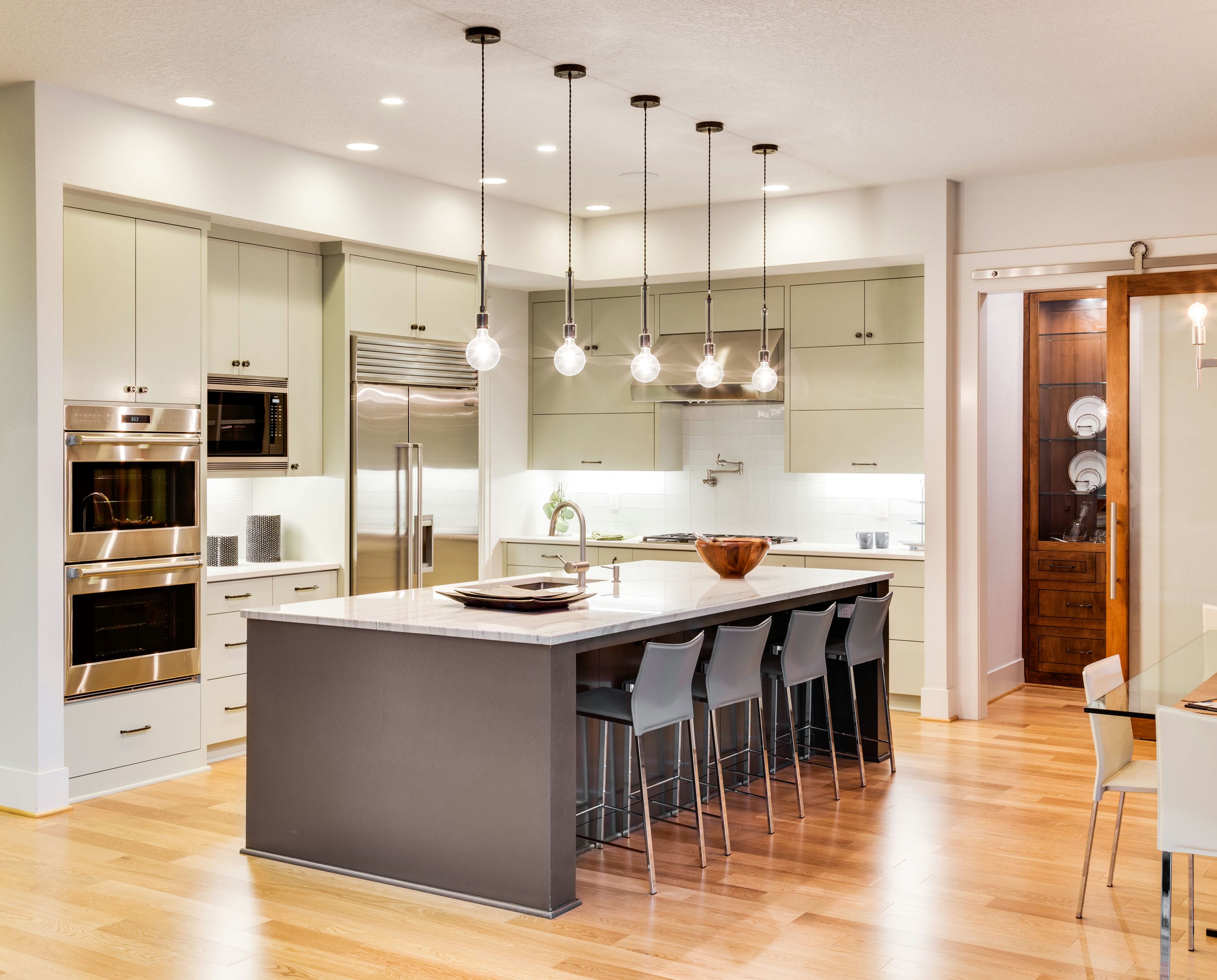

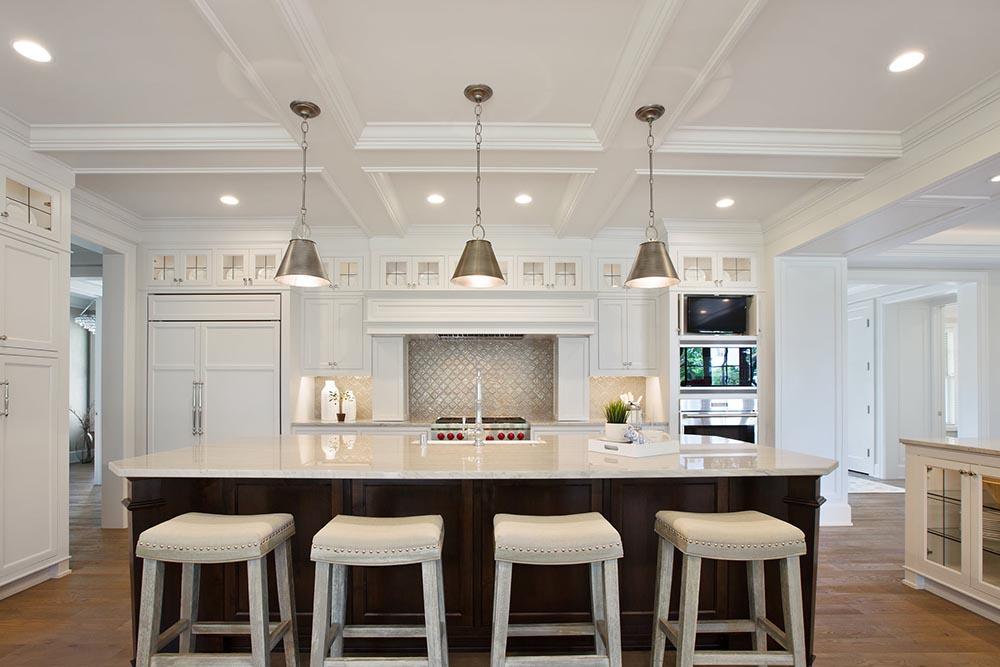


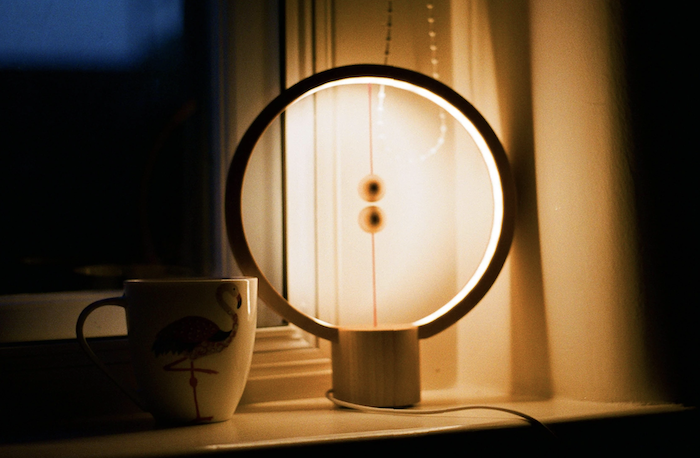


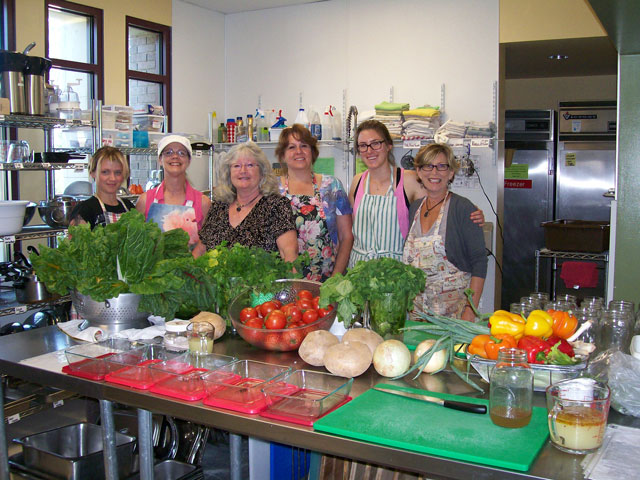









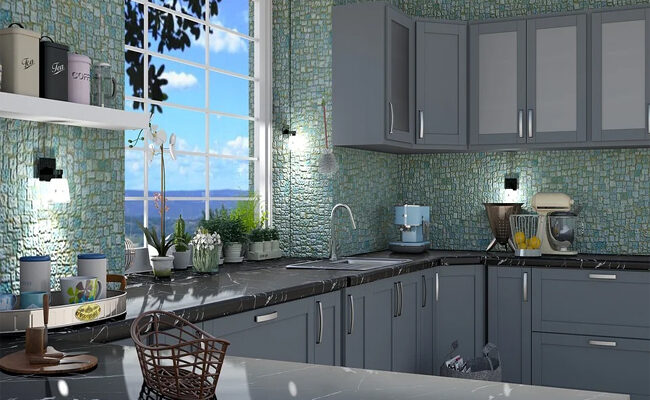



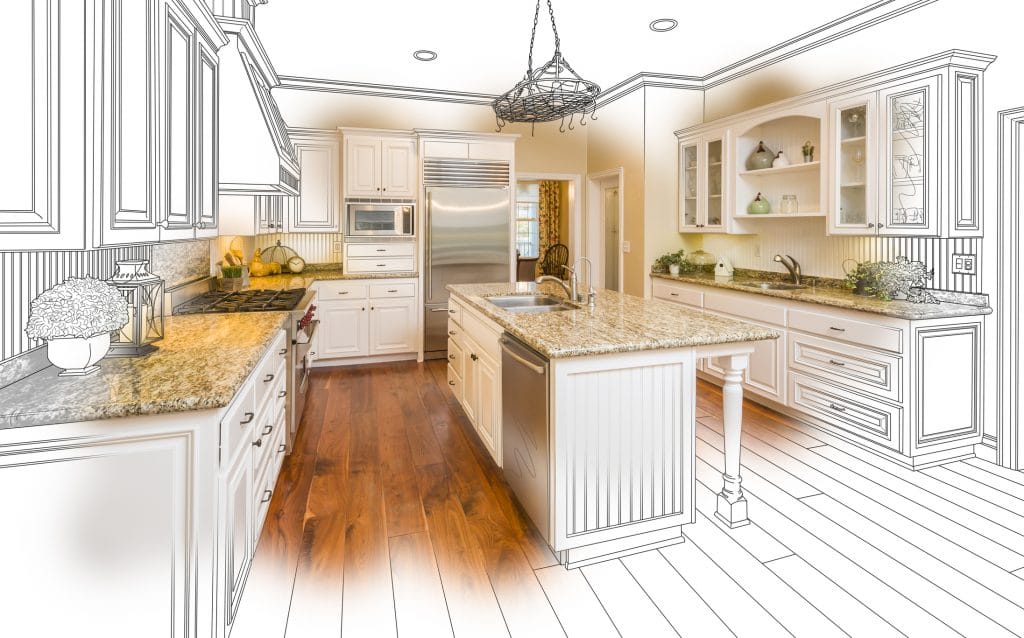
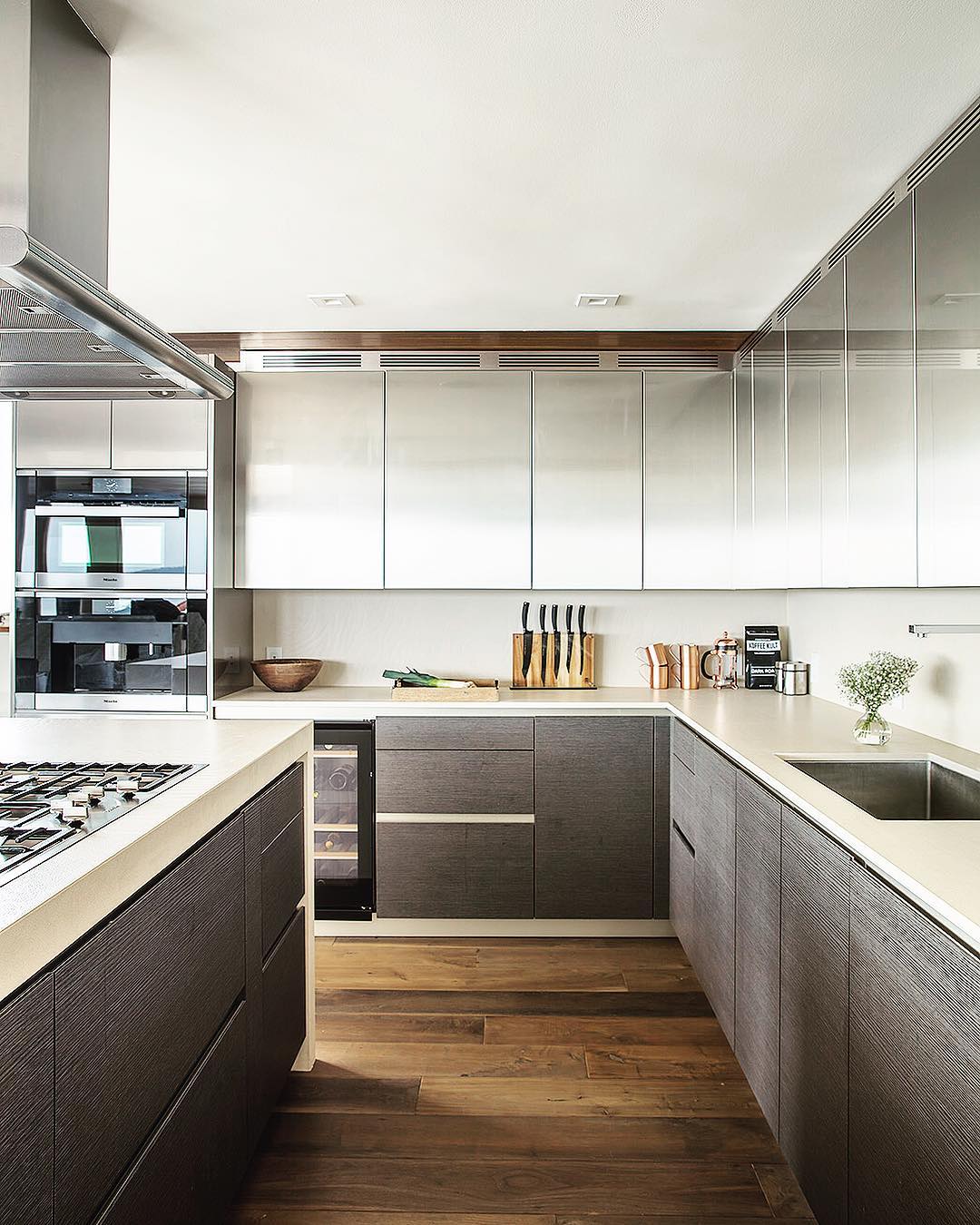
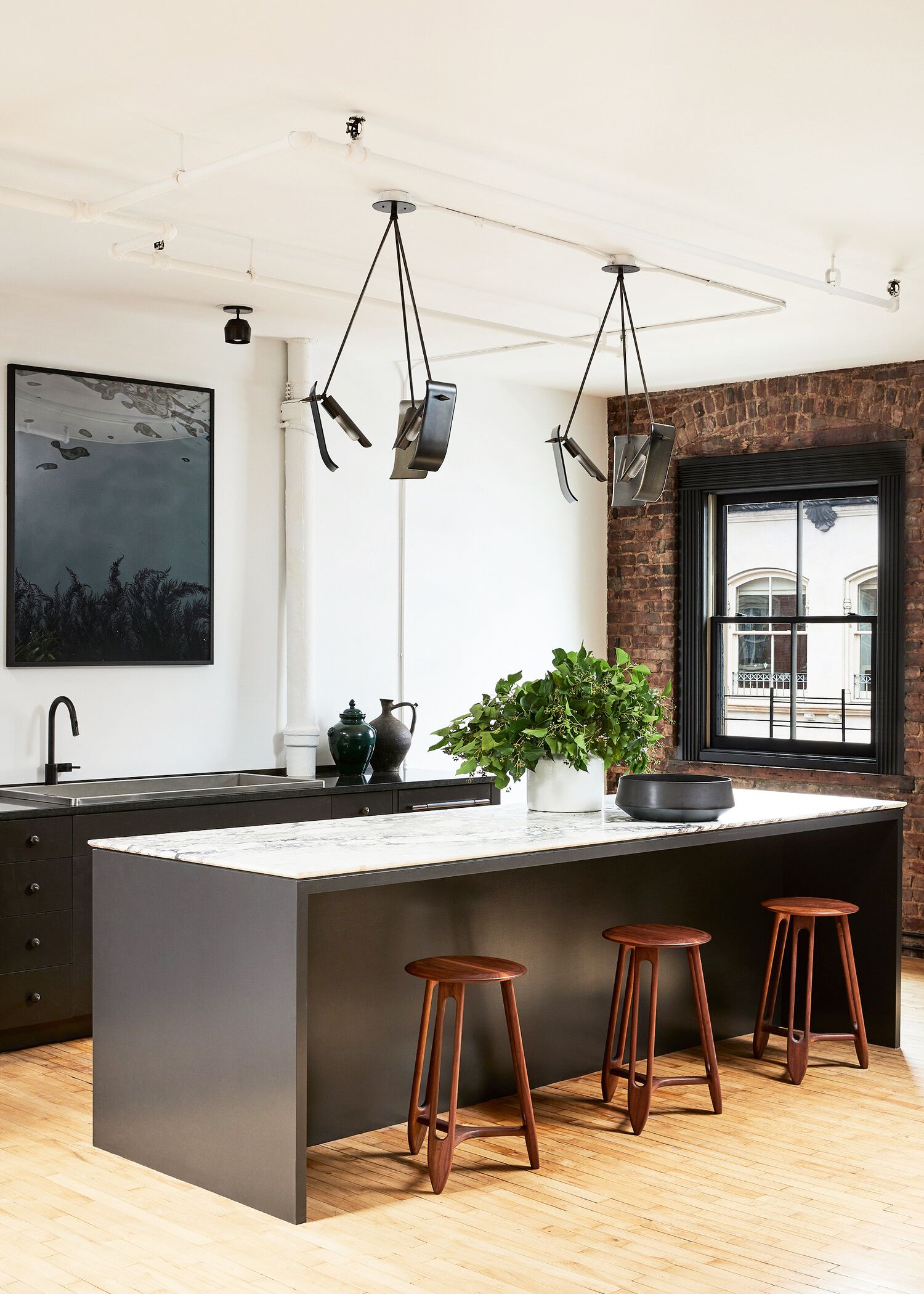

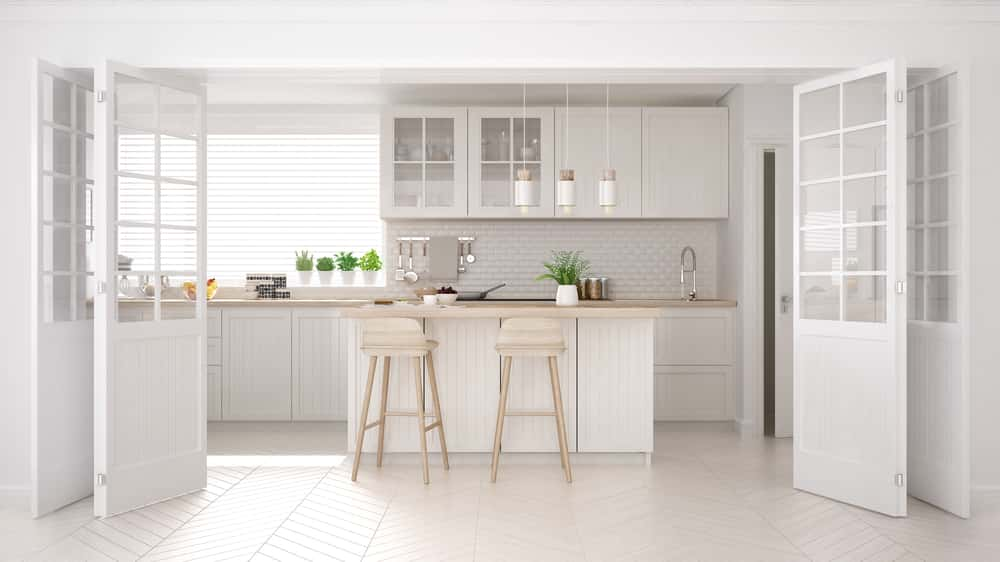
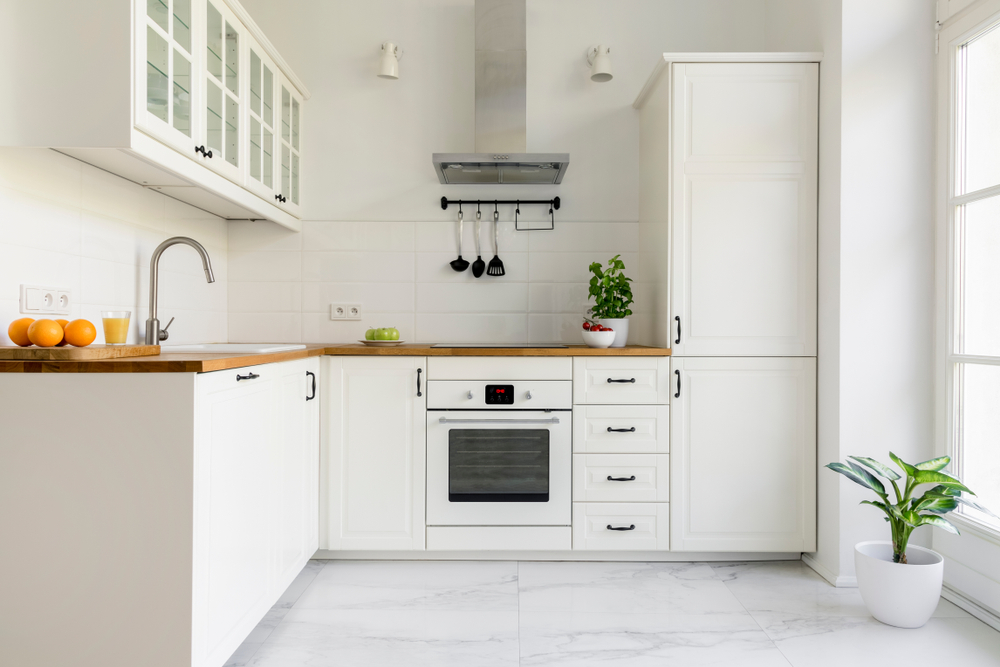
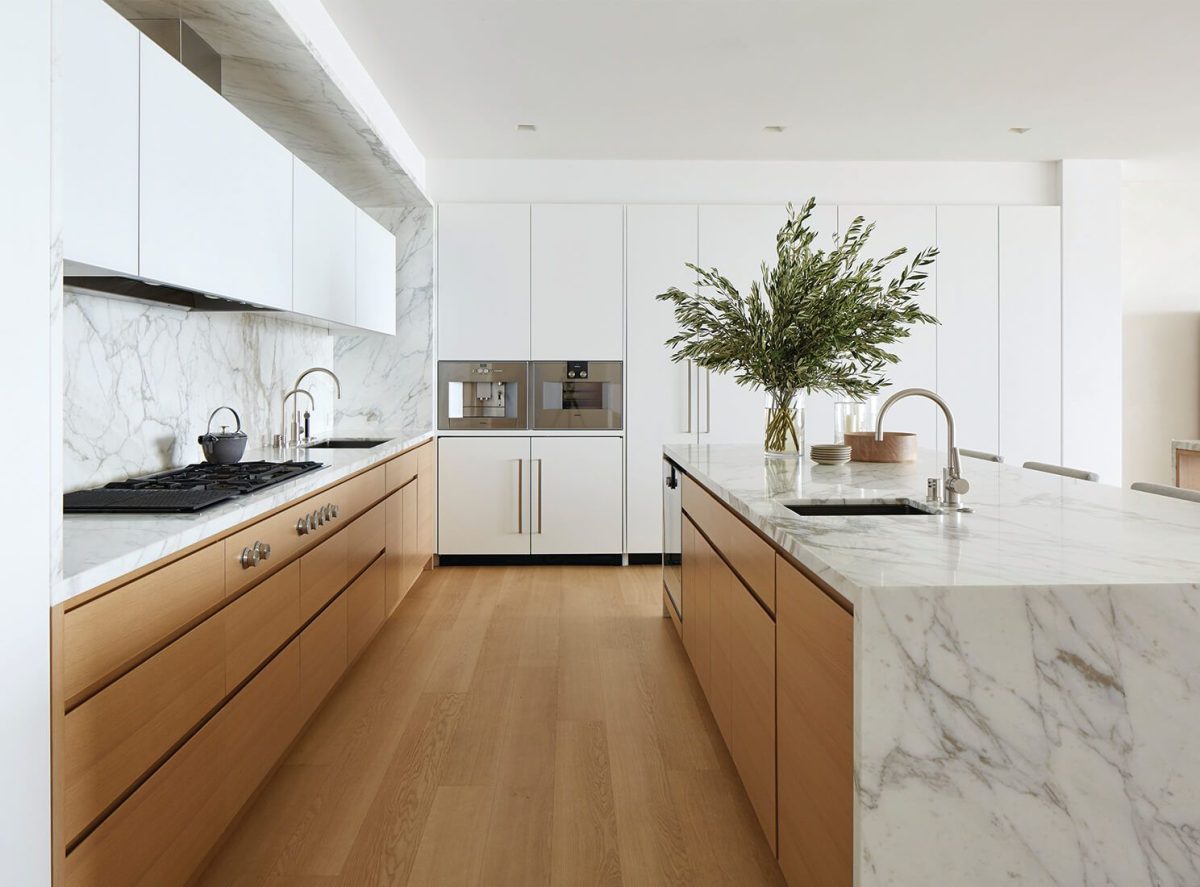
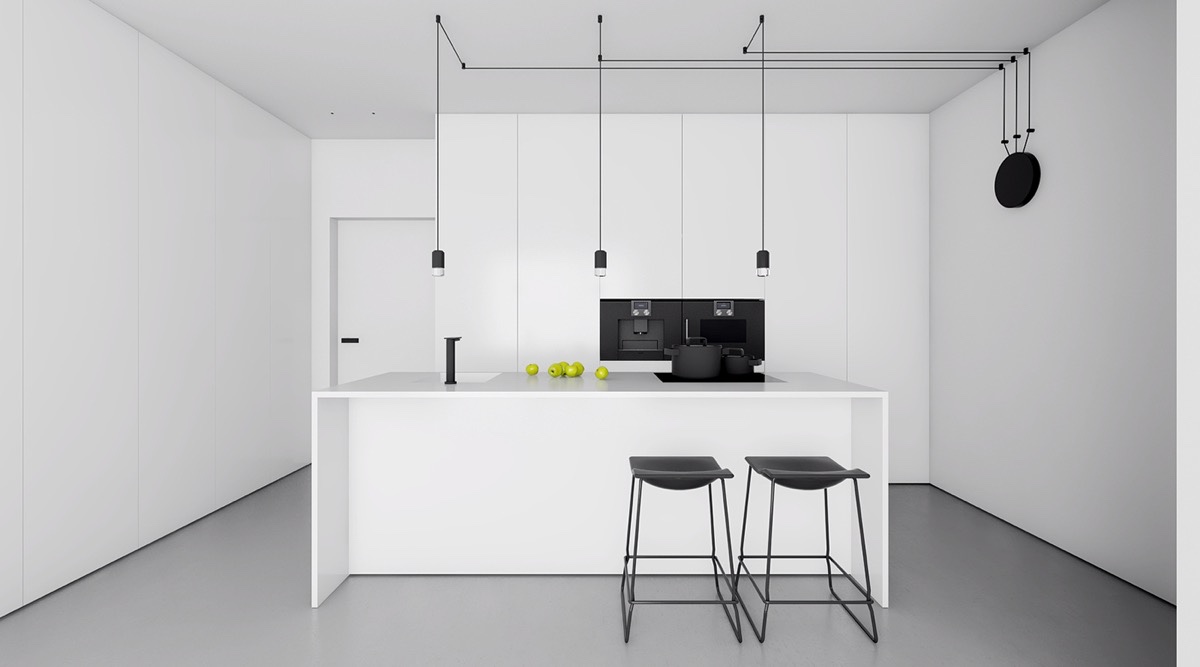
:max_bytes(150000):strip_icc()/SSS_Home_Kitchen_012-5c92aafa63ca4235bbed12b8c5756138.jpg)

